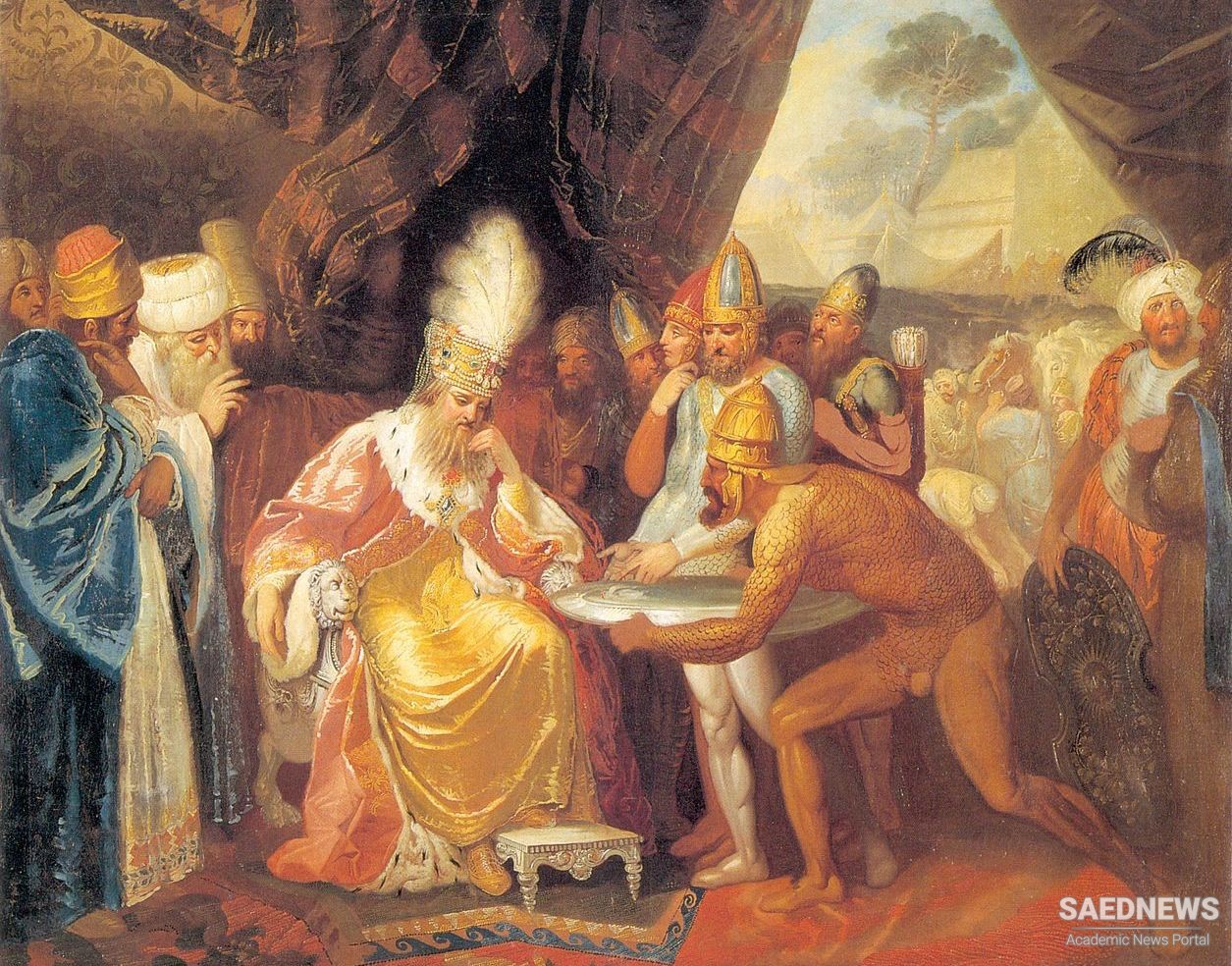Christianity had expanded into Iraq already under the Arsacids, but the large numbers of prisoners brought from Antioch and elsewhere by Shapur I, and settled by him in areas such as Khuzistan, had increased the numbers and activities of Christians in the Sasanian empire. Bishoprics existed not only at Ctesiphon but at Gundeshapur, Bishapur and elsewhere. While the Christians in northern Mesopotamia and especially in Adiabene, which had had a Jewish ruling family in Parthian times, were early converted by missionaries from western centres of Christianity, those of Khuzistan and Fars provinces were mostly descended from war prisoners settled by royal decree.
Shapur II needed money for his army to attack the Romans, so among his taxes those on Christians were doubled to provide extra revenues. The Christians naturally objected and the persecutions began. They lasted from 339 until the death of Shapur II in 379, and the fact that the Romans, chief enemies of Shapur, were Christians did not help the Christians in the Sasanian empire. The three centres of Christianity in the Sasanian empire, Ctesiphon, Adiabene and Khuzistan, suffered the most and fortunately we have the Syriac acts of martyrs from these areas, which inter alia give interesting information about Sasanian titles and offices.
Under Shapur II the process of the establishment of church-state relationships seems to have reached its culmination. The Zoroastrian church was now fully identified with the monarchy and yet the church had its separate place in society with a hierarchy of its own. Just as in the case of the Safavid state so much later, the initial supreme position of the ruler as head of both church and state in the Sasanian empire had become modified by a strong and well-organized clergy on the one hand, and a class-conscious nobility on the other. The "great mobad" is mentioned many times in the acts of the martyrs from Shapur's time, and other religious offices are also mentioned, indicating that by this time the religious organization which lasted until the end of the empire had been formed.
It was during the reign of Shapur II that the mobad Adhurbad son of Mahraspand is supposed to have submitted to the ordeal of having molten metal poured on his chest and to have emerged without harm; thus he vindicated the efficacy of following the good religion of Zoroastrianism in opposition to other religions.1 It would seem that orthodoxy was given a great boost by Adhurbad, for we have some of his writings in Pahlavi still preserved and the Zoroastrian tradition considers him most highly. Heresies, among them time-speculation or Zurvanism, were combatted by the orthodox clergy with the approval of Shapur.
Arabic sources as well as Agathias say that Ardashir II, successor to Shapur II, was his brother, but this seems most unlikely, for he would have been very elderly. Some scholars have speculated that Shapur II is confused for Shapur III in the sources, which is also improbable. Another Shapur, a son of Hormizd II like Shapur II, as mentioned above, is attested by his Middle Persian inscription at Persepolis. This was Shapur the king of the Sakas, of Sind, Sistan and Turan, up to the edge of the sea. It is possible that Ardashir II was the son, or less likely the brother, of this Shapur rather than of Shapur II. The practice of calling various children by the same name, or with slight variants, exists in other parts of the world, but here it can be very confusing to the historian.
If Ardashir II was not the son of Shapur II, as was his successor Shapur III, then we may postulate several factions among the nobility and clergy in the empire at this time, since one would expect a father-to-son succession if all were tranquil. Moreover any speculation that the relief attributed to Ardashir II in Taq-i Bustan represents a northern Iranian predominance (either political or religious) as opposed to Fars, where the earlier kings have their rock-carvings, is vain. Also any supposition that this implies a religious division between north and south is unwarranted. Whatever the relationship of Ardashir II with Shapur II, his reign was short, and he was deposed after less than four years' rule by the nobility because of his tyranny towards them, according to Islamic sources.


 Shapur II and His Contributions to Sassanian Empire
Shapur II and His Contributions to Sassanian Empire














































